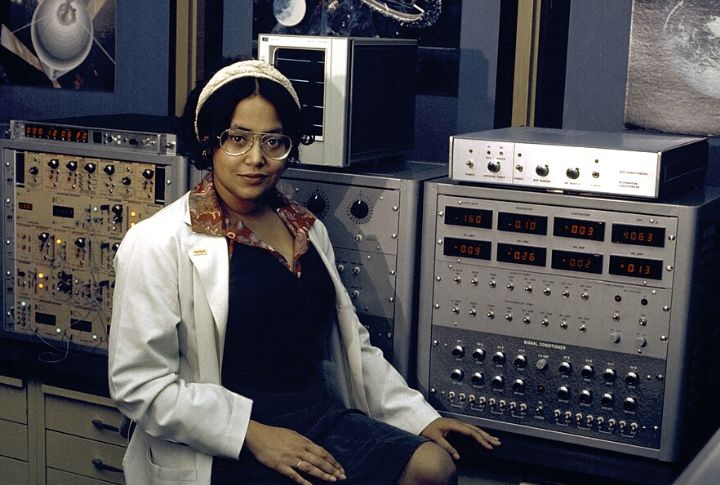
There’s a whole chapter of space history written by brilliant Black women that often gets left out. These 10 women paved the way for NASA’s success, pushing boundaries in everything from math to engineering. Their stories deserve to be shared, showing that the road to the stars was made possible by those who never gave up on their dreams.
Dorothy Vaughan
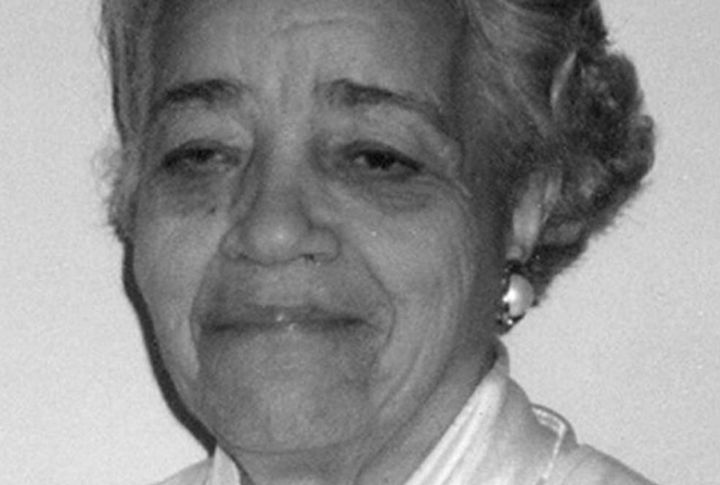
Dorothy Vaughan spotted the change coming and adapted fast. Hired in 1943, she led the West Area Computing team and quickly mastered FORTRAN when machines took over. Rather than waiting to be replaced, she upgraded. Leadership meant learning, and Vaughan made sure no one got left behind.
Christine Darden

Since 1967, research has focused on supersonic airflow and noise control. Sonic booms shattered peace and eardrums. Christine Darden didn’t flinch. Thanks to her expertise, flights today sound a bit less like a rock concert midair. Quiet innovation rarely gets a standing ovation, but it still wins applause.
Annie Easley
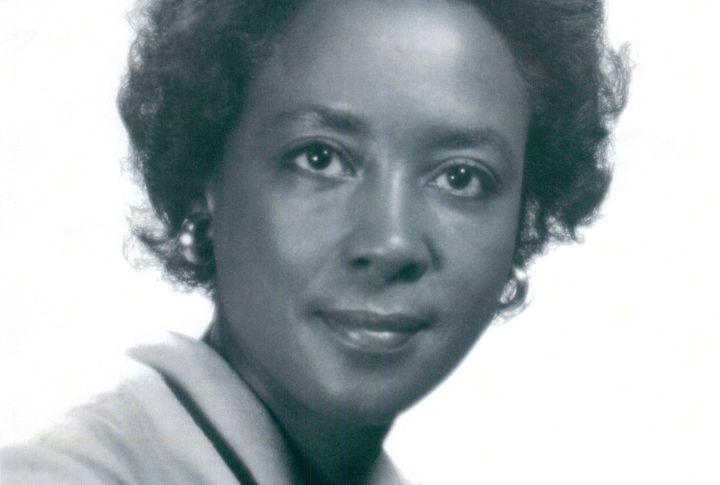
Math met a mission. Annie Easley coded for hybrid rockets, electric cars, and launch systems. From pencil to punch card, results never faltered. Computers became tools, making Easley a legend. Behind the data stood brilliance that wouldn’t quit even when recognition lagged far behind progress.
Melba Roy Mouton
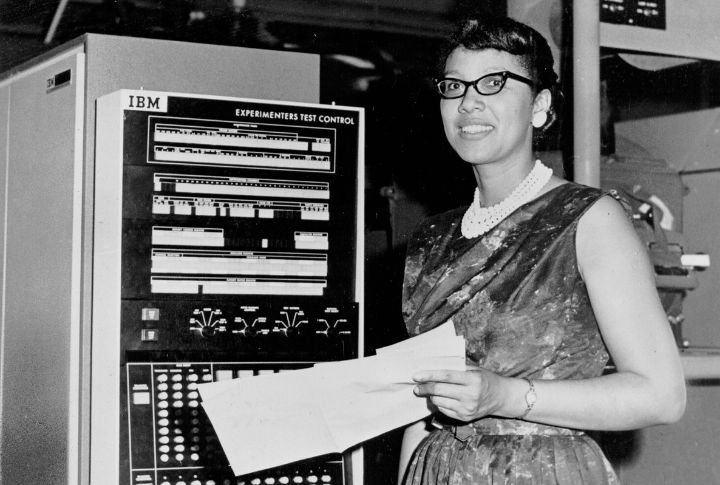
Echo satellites moved across the skies as Melba Roy Mouton tracked every inch. Her leadership ensured precise flight paths in space’s earliest days. Just some silent math behind loud achievements. Fame skipped over her desk, but history circled back. Some names fade; others orbit forever.
Patricia Cowings
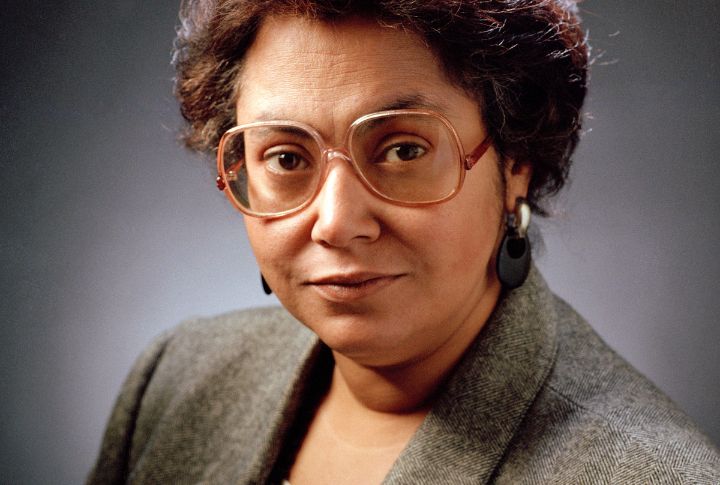
Space doesn’t just challenge gravity; it tests the body. Patricia Cowings responded by using training systems to prevent motion sickness. Her research turned astronauts into stronger flyers. Inside every controlled heartbeat, Cowings’ work pulsed. Stability in zero gravity often starts on solid ground.
Katherine Johnson
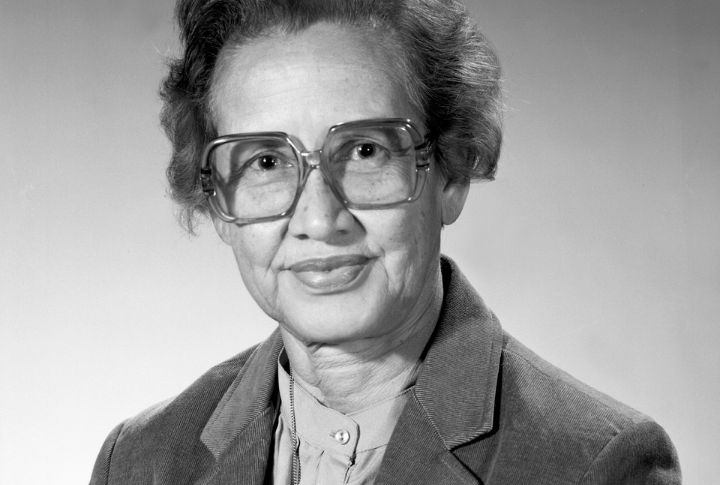
Born in 1918, Katherine Johnson excelled in mathematics and found her way into the National Advisory Committee for Aeronautics (NACA) in 1953. Her calculations guided the first manned U.S. space flights, including John Glenn’s orbital mission. NASA relied on accuracy. So did astronauts. Precision came from minds like Johnson’s.
Yvonne Cagle

What happens when a dream refuses to shrink? Yvonne Cagle leaped from Air Force doctor to NASA astronaut. No roadmap promised success. No blueprint fits the path. Still, boundaries were broken. The next time someone looks skyward and wonders, “Could I?”—Cagle had already answered.
Jeanette Epps
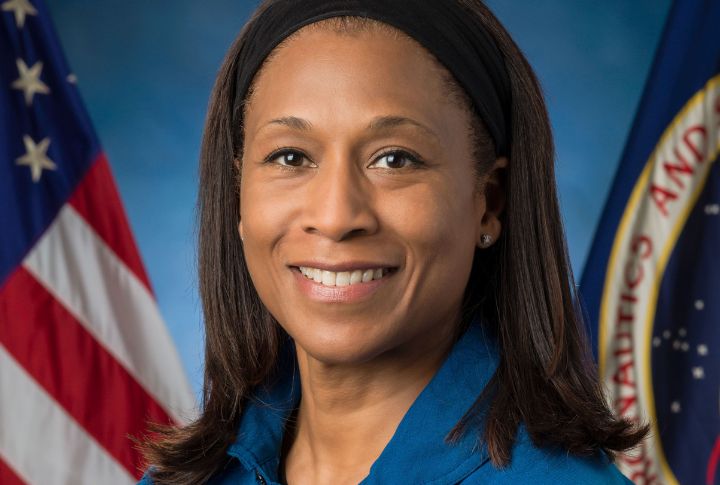
From CIA engineer to space station crew, Jeanette Epps makes orbit look easy. Training included weightless flips, tech repairs, and drinking floating coffee. No superhero cape was required. Proving brain power belongs anywhere, Epps adds orbital flair to physics and delivers it all with a cosmic grin.
Mary Jackson
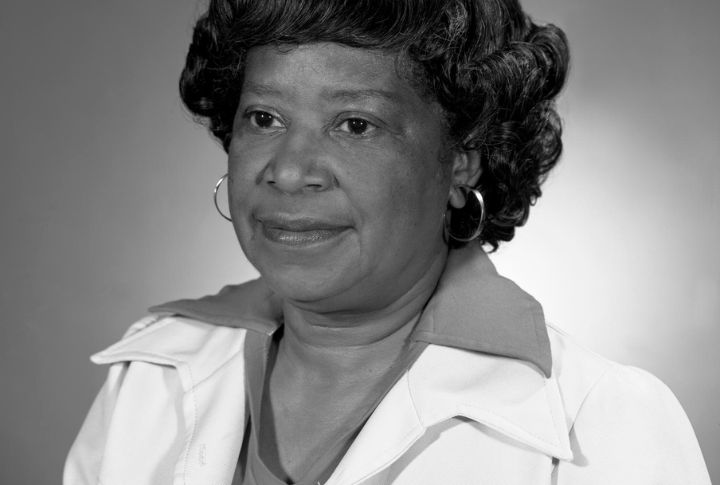
After joining NACA in 1951, Mary Jackson broke barriers by becoming NASA’s first Black female engineer in 1958. Her aerodynamic research shaped flight designs. Beyond equations, Jackson pushed for workplace equality and reshaping hiring practices. Progress reached further because someone opened the door first.
Stephanie Wilson
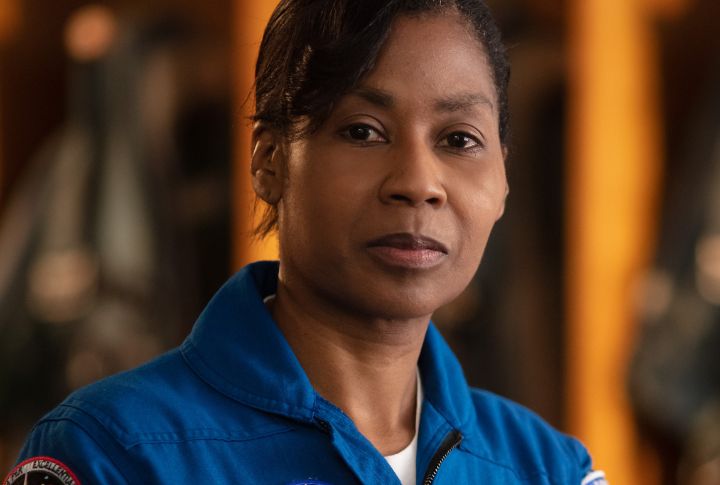
Stephanie Wilson stood under starlit skies, daring to go higher. Three space shuttle missions followed. Every control she gripped powered dreams forward. Math built momentum; courage made it last. Between launchpads and landings, Wilson proved space isn’t just for astronauts; it’s for believers.

